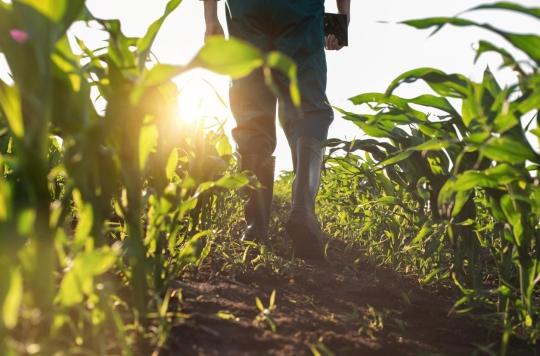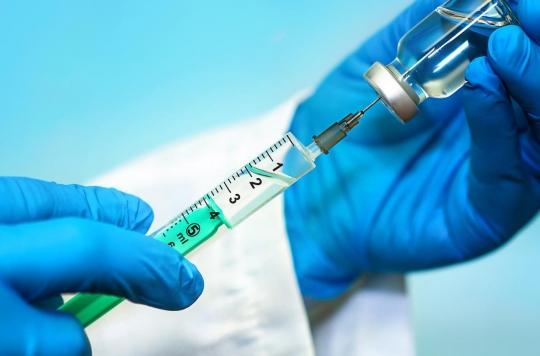Faced with the increase in human cases of tularemia, the authorities are informing populations at risk, in particular hunters, and recalling prevention measures.

This is the start of the hunting season ! And the risk of a stray bullet isn’t the only danger hunters face. In fact, faced with the increase in the number of human cases of tularemia observed in France for several months, the General Directorate of Health (DGS), the Institute for Public Health Surveillance (InVS), the National Institute for Prevention and he health education (Inpes) and the National Hunting and Wildlife Office (ONCFS) wish to inform populations at risk, in particular hunters, and recall the main prevention measures.
Most often because of hares
In a Press release published Thursday, the authorities explain that “tularemia is a disease which is transmitted either by direct contact with contaminated wild animals (most often hares), or by tick bite, or from an environment contaminated by excreta animals (rodent urine), especially in rural areas. The main routes of entry for the bacteria are inoculation or inhalation ”.
Side symptoms, they specify that the disease manifests itself after 2 to 4 weeks of incubation by fever, an increase in the size of the lymph nodes, and sometimes a skin ulcer. More rarely, conjunctivitis or pneumonia can occur.
Don’t panic, however, because in Europe, due to the circulation of low virulent bacterial strains, tularemia is a disease with a very good prognosis with appropriate antibiotic treatment.
Increase in the number of cases
A rare disease? Not really, since on September 4, 2015, the InVS had already listed 71 cases of tularemia against 57 in 2014, and an annual average of 45 cases reported since 2003. The cases of tularemia identified in 2014 and 2015 have characteristics similar to those of those of previous years, without any particular sign of seriousness.
The most affected regions are the great West (18 cases in Pays de la Loire, 9 cases respectively in Brittany, Center and Poitou-Charentes) and the Picardy area (20 cases) / Champagne-Ardenne (9 cases).
Preventive measures
This contamination primarily affects hunters, who become infected in particular during the butchering and evisceration of game. For this reason, the authorities recalled the preventive measures a few days ago.
Among them, wearing clothes with long sleeves and long legs for leisure activities in the forest, and looking for ticks on the skin when returning from outdoor activities; avoid hunting apparently weak or sick animals for consumption; Systematically wear waterproof gloves when butchering and gutting game, meticulously clean the knife – keeping the gloves on – wash hands and forearms thoroughly after these operations.
Finally, in the event of accidental injury during butchering or evisceration, the wound should be immediately cleaned with soap and water; cook the game meat thoroughly before eating it. Last useful clarification, in the event of suggestive symptoms such as fever associated with enlarged lymph nodes or a skin wound that is difficult to heal, it is advisable to consult a doctor and mention the hunting activity.
.














